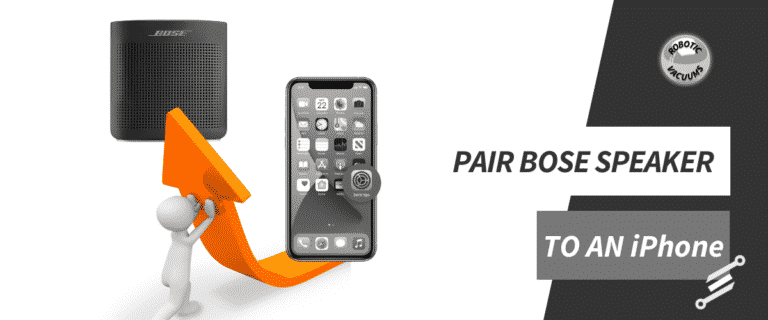How to Reset a JBL Clip Speaker – With Pictures
If your JBL Clip speaker isn’t working properly, you may need to reset it to factory defaults. This will clear any customizations or settings that you’ve made, and return the speaker to its original state. The different clip speakers have different ways to reset them, so make sure you’re using the correct instructions for your…


